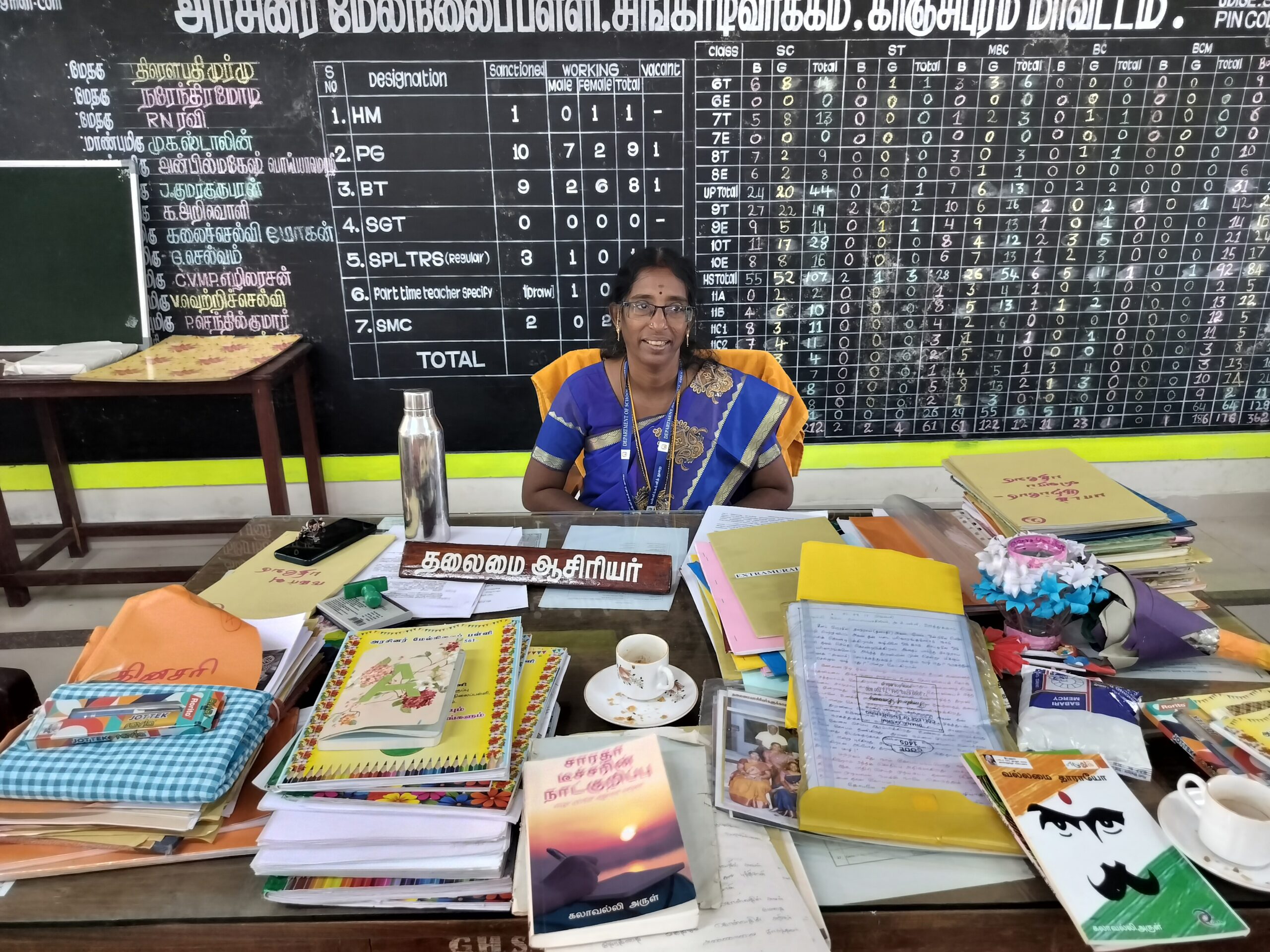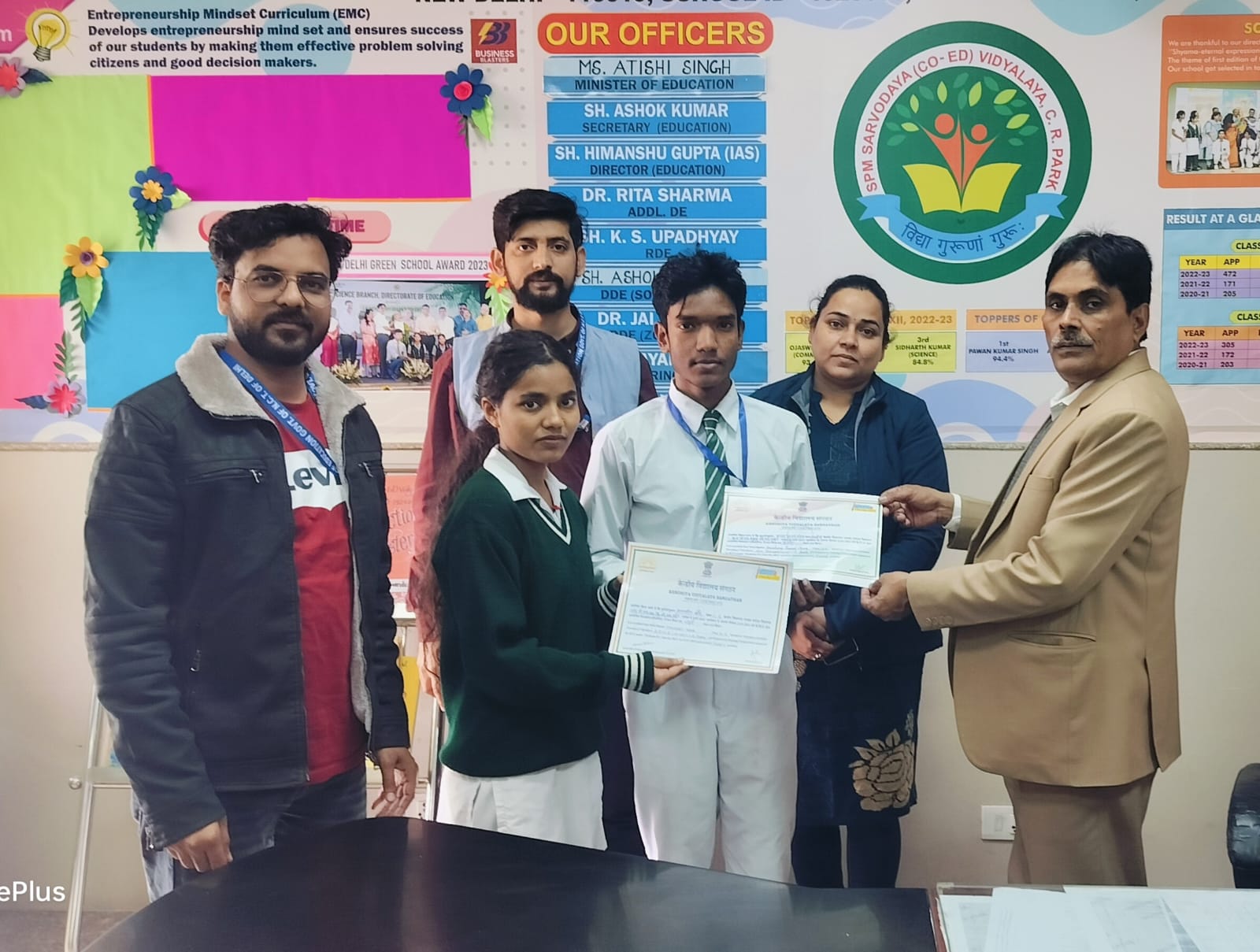Innovation in Unexpected Places
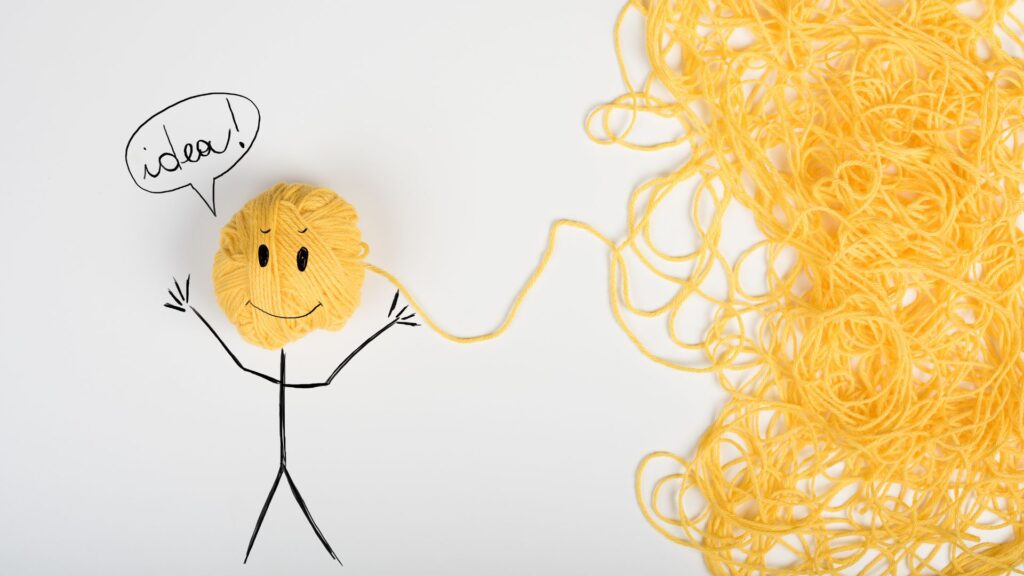
During the COVID-19 induced lockdown, like many other teachers, Ms. Amalarani in the Krishnagiri district of Tamil Nadu struggled to find ways to keep her students engaged. It was difficult to even get in touch with them on a regular basis. WhatsApp turned out to be the most effective tool for her. But to keep the students engaged only with online teaching was a challenging task. Both the students and teachers were missing out on the social, cultural and educational aspects of going to school.
One of the major problems she faced at the time was the lack of resources for students to use. While in school, she had access to certain resources and equipment that could be used to help engage students and help them understand concepts. However, with every child at home, it was not possible.
The lockdown was also the time when Centre for Instrinsic Motivation introduced novel practices to cope during the challenging times. CIM dissemented videos regularly to teachers to keep them motivated and help them adapt to the unusual situation. After watching one such video shared by CIM, Ms. Amalarani was inspired to help her students in a new way.
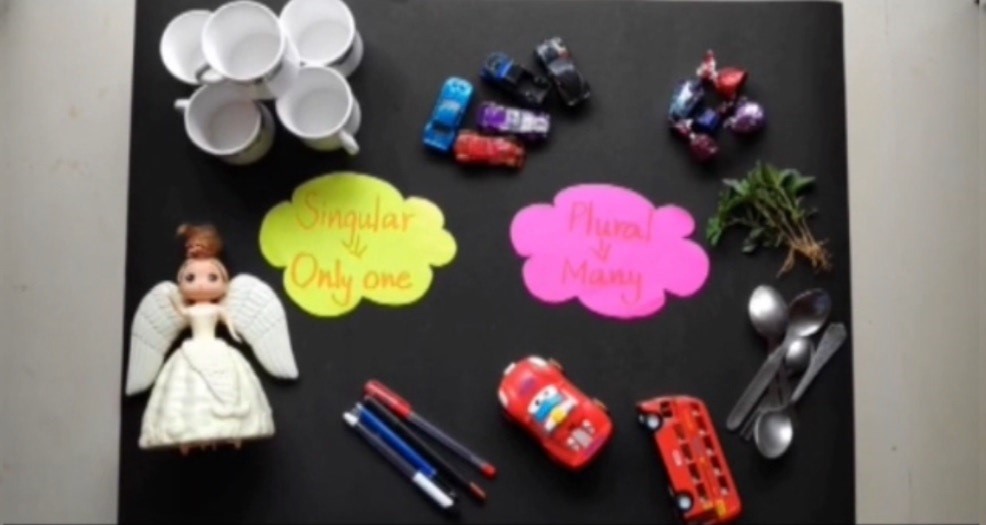
By following CIM’s video, she was able to make an action plan to get the students to use materials that were available to them at home. In her teaching, she would think of the equipment she would need to teach a particular topic and then think of alternatives that could be easily found in homes – often spoons, plates and bowls found in every kitchen. She called this “learning from home resources”.
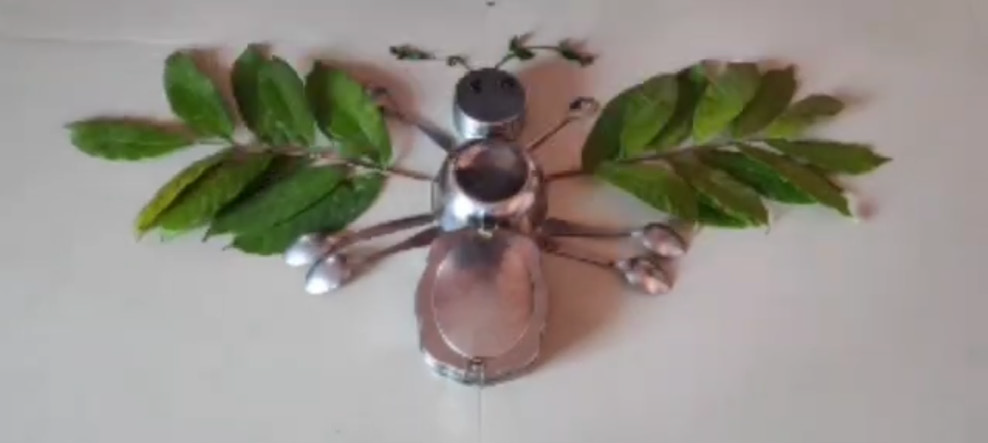
She would use utensils and common items in her house to create models. For example, using a couple of bowls and a few spoons, one can create a model of an insect. She would label the various parts of the insect, take photographs and create a video of the lesson and send it out to her students on WhatsApp. The students, in turn, would create their own models and send her videos and photographs to check.
This practice in turn created a sense of ownership in students. There was novelty and creativity in their learning. As opposed to listening to classroom lectures, creating the materials required for learning with the help of everyday items helped them in comprehending their lessons faster. She also sought feedback from her Headmistress to improve on her action plan. She then sent it to other teachers working with her.
It is not about what we have or do not have; it is about what we do with what we have that can make all the difference!


